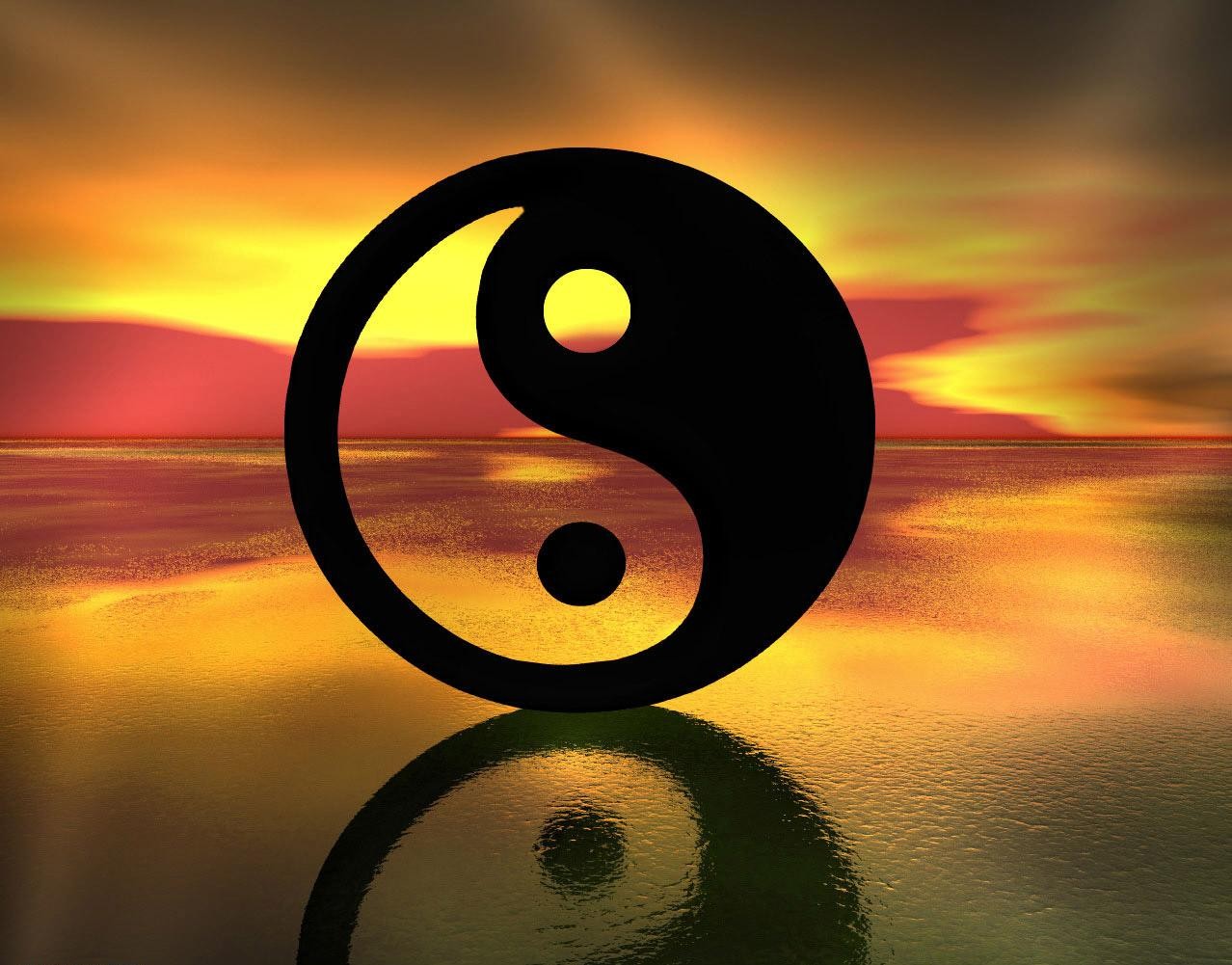
More than a popular tattoo choice or mindless doodle etched into countless high school notebooks, the symbol we know as the yin-yang is rich in meaning. Represented as a perfect circle divided into two parts—one black with a spot of white, the other white with a spot of black—the yin-yang holds an important place in the Chinese philosophy and religion known as Taoism. It serves as a representation of certain vital aspects of life, and offers a valuable reminder of our own nature.
The central, foundational symbolism in the yin-yang is the fluid balance of the yin and yang energies existing within everything in nature. Yin energy, referred to as the feminine energy, is represented by the black half of the circle; it is passive, yielding, and receptive. Yang energy, referred to as the masculine energy, is represented by the white half of the circle; it is active, strong, and expansive. These dualities constitute equal halves of the circle, as they are equally vital to everything in nature. Yin cannot exist without yang, just as yang cannot exist without yin. Nothing, in essence, can exist without its opposite. We can appreciate love because we understand hate. Joy is meaningless without the existence of sorrow. Life cannot be honored without an understanding of death.
In the yin-yang symbol, each half contains a small circle in the opposite color. This serves to reminds us that everything contains the seed of its opposite. There is always a little spot of light in the darkness, a little bit of darkness in the light. Nothing within the universe, within life, or within ourselves is ever completely black or white. Nothing is ever absolute.
The line along which yin and yang connect is curved instead of straight. This demonstrates that yin and yang depend on each other. It represents the never-ending, ever-flowing cycle in which these opposing energies move. The fluidity represented by the S-shaped division within the yin-yang symbol is a reminder of the harmony inherent in our nature.
Every time I see the yin-yang symbol, I’m reminded of the beautiful design of Nature, which is the same nature of which I am made. I’m reminded that the harmonious balance alive in Nature, which I can witness with my own eyes, is also alive in me. Just as water flows effortlessly, just as day predictably turns to night, so do the rhythms of my own life unfold. When I look at the yin-yang, I’m reminded that nothing is static, nothing is permanent. I’m inspired to trust the flow of Life and let myself flow with it. Instead of getting caught up in my ego’s demands, desires, and disappointments, I yield to the wisdom of the Tao—The Way, the totality, the whole that contains everything—and I peacefully surrender.
If the rich symbolic meaning of the yin-yang inspires you as much as it does me, I invite you to keep one visible for yourself. Return to it often as a gentle reminder that everything—both yin and yang, both light and dark, both pain and pleasure, both life and death—are necessary and, therefore, perfect.





